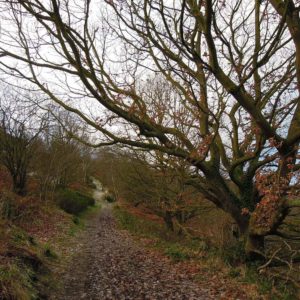Key Facts
- Height: 16-30m
Mature English Elms were once common on the rich farmed soils of middle England but are now rarely found as trees and are more common as hedgerow shrubs.
This decline is a likely result of the ravaging effects of a recent wave of Dutch elm disease which has affected all the UK’s elms, killing many mature trees and preventing new trees from growing. However, the English Elm’s habit of propagating clones from root suckers instead of spreading by seed has brought its origin into question – it is thought to have been introduced into the UK during the Bronze Age.
How to Identify
Elms can be recognised by their asymmetrical oval leaves, toothed around the edges, with very short stalks, as well as their winged fruit. English Elm has smaller, rounder leaves than Wych Elm.
Where to find
Widespread in England and Wales.
How people can help
During the late 20th century, our elms were devastated by outbreaks of Dutch elm disease – a lethal fungus that is spread from tree to tree by bark-beetles. Many mature trees have been lost, but elms still cling on, in part due to their ability to easily form new varieties and reproduce by both seed and sucker. The Wildlife Trusts work with researchers, scientists and other conservationists to monitor changes in our native wildlife to determine the effects of environmental issues. Support your local Trust today and help us to continue this vital work.
Did you know?
Historically, elms have been regularly associated with death, perhaps due to their readiness to drop massive branches without warning, or due to the use of their wood for coffins.
Similar Species

English Oak
- Trees and Shrubs
